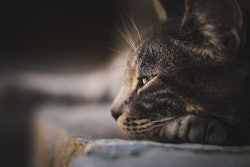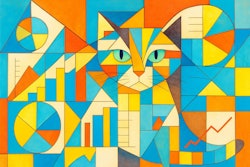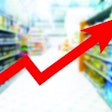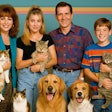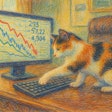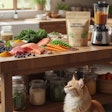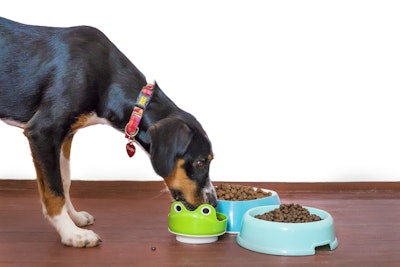
Sales in the Russian pet food market jumped 17.7% in 2024, reaching 510 billion rubles (US$6.2 billion), according to a marketing study by Zooinform, a Moscow-based consultancy. The growth momentum, however, is slowing significantly, and the market now faces the looming threat of rising taxation that industry experts warn could devastate businesses.
The 2024 growth rate represents a sharp deceleration from the previous year's explosive 31.2% increase, nearly halving the pace of expansion. Despite this slowdown, Zooinform emphasized that the growth remains substantial by industry standards.
If these estimates prove accurate, Russia became Europe's largest pet food market in 2024, surpassing France, where the pet food market grew marginally to US$6 billion, and Germany, which reached €4.3 billion (US$4.9 billion).
Continued growth expected despite headwinds
All forecasts indicate the Russian pet food market will maintain its upward trajectory in the coming years, albeit at a more moderate pace. Kirill Dmitriev, president of the Russian National Association of Zoo Industry, estimates sales will climb another 12% in 2025 to reach 560 billion rubles (US$7 billion).
The market's expansion has been remarkable. Since 2021, when the market was valued at just 265 billion rubles (US$3.4 billion), it has nearly doubled in size, according to Dmitriev.
Several factors drive this growth. Over the past three years, pet ownership in Russia has surged 13% to 75 million animals, Dmitriev noted. This increase in pet ownership, coupled with a significant shift toward ready-made pet food, signals growing market demand.
Strategy Partners, a Moscow-based think tank, projects the Russian pet food market will expand by nearly 50% by 2034.
The super-premium pet food segment accounts for nearly half the market, generating 313 billion rubles (US$4 billion) in 2024. This segment, which includes a substantial portion of imported pet food, demonstrates the highest growth rates across all market categories — 20.8% last year compared to just 18% in the budget segment.
Production challenges mount
Russian pet food production is also growing, with output rising 10% to 1.5 million tonnes last year, Zooinform calculated. However, the industry's development faces significant obstacles.
Much of the growth in recent years was fueled by investments from Mars and Nestle in their pet food factories between 2018 and 2021. Western sanctions imposed on Russia have forced both companies to halt their investment plans, Strategy Partners reported.
Looking ahead, the industry's growth will be constrained by Russia's declining population and shortages of key components, including meat-and-bone meal, according to Strategy Partners.
Consumer behavior presents additional concerns. Dmitriev warned that Russian pet food buyers remain highly price-sensitive and are responding to the population's falling purchasing power and extremely high borrowing costs for businesses.
Several Russian companies have invested in pet food production in recent years to capitalize on import-replacement opportunities. However, investment flows to the industry have seemingly narrowed recently.
Observers primarily blame the Central Bank's key interest rate, which reached an all-time high of 21% in October 2024 and was lowered only slightly to 20% in June 2025. At current rates, bank loans remain nearly unaffordable for pet food manufacturers.
New excise tax threatens industry stability
The industry faces a new threat from Russian lawmakers' recent initiative to subject pet food production and imports to a new excise tax of 1 ruble per kilogram.
The proposed levy aims to provide additional funding for responsible animal treatment. According to the explanatory note published by the State Duma, Russia's lower parliamentary chamber, Russian regions struggle with stray animal problems as shelters are overcrowded and existing infrastructure requires modernization.
The Russian pet food industry has strongly opposed the initiative, arguing it would impose an unacceptable financial burden on the value chain.
"This initiative looks like some kind of sabotage," Dmitriev warned, adding that despite rising sales and expanding production, businesses' financial health remains precarious.
"It is impossible to introduce additional excise taxes at the moment, as the industry is already going through difficult times," Dmitriev explained. "First, the process of import substitution is progressing with difficulty. Second, raw materials are constantly becoming more expensive, including meat, meat and bone meal, and feed additives. Third, the market has only just gone through the introduction of labelling."
The Russian government imposed mandatory labeling of dry pet food from October 1, 2024, and wet pet food from March 1, 2025 — a move that contributed to a sharp rise in pet food costs in Russia last year, Dmitriev said.
"The new excise tax will lead to even greater cost increases and will hit the low-income strata of the population," he warned.


